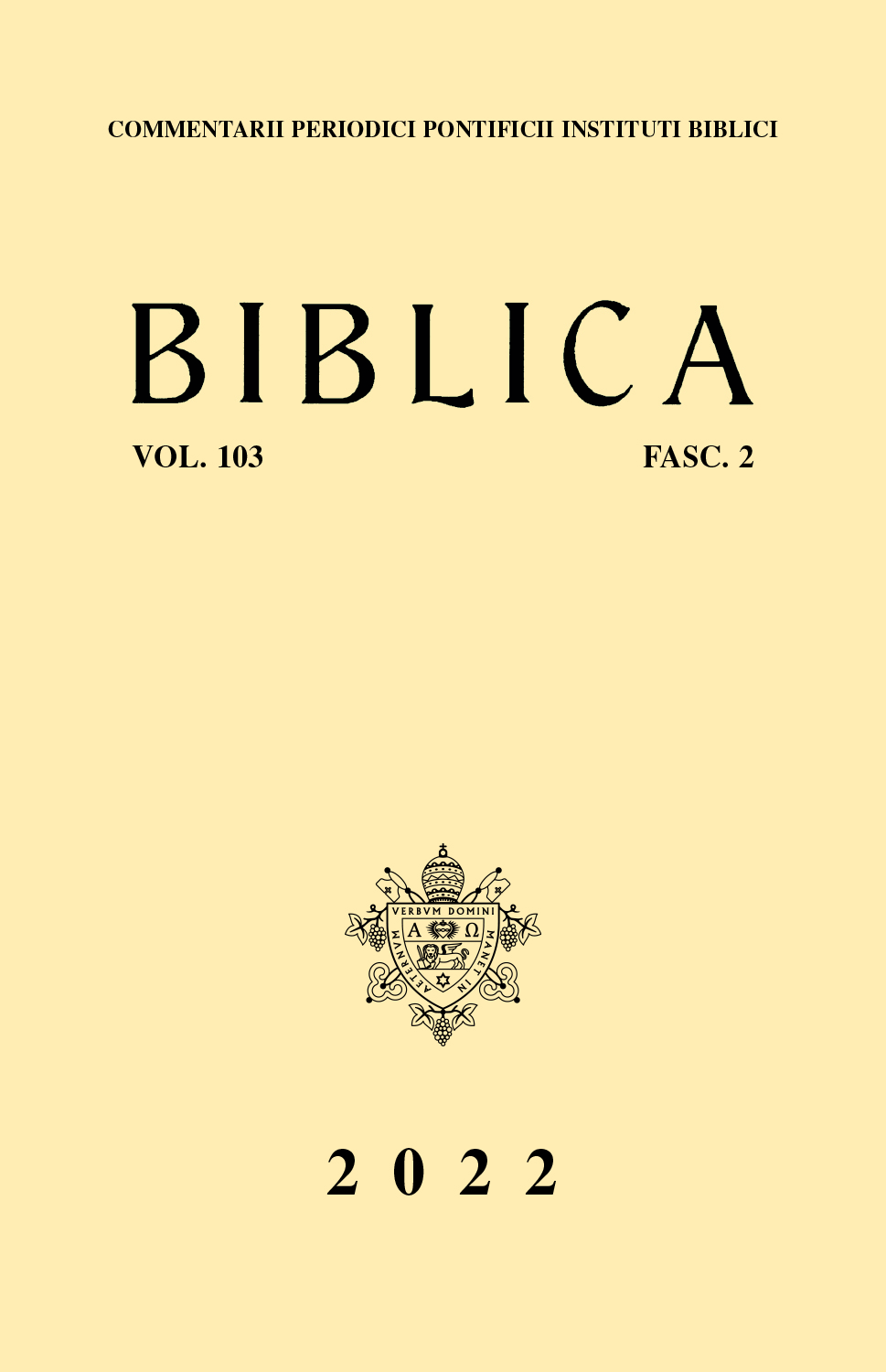 previous article in this issue previous article in this issue | next article in this issue  |

|
Document Details : Title: Visions and Voices: Amos 7-9 Author(s): LINVILLE, James R. Journal: Biblica Volume: 80 Issue: 1 Date: 1999 Pages: 22-42 DOI: 10.2143/BIB.80.1.3200547 Abstract : The final chapters of Amos are read synchronically to highlight the relationship between the divine voice, which demands that its hearers prophesy (Amos 3,8), the voice of Amos, and those of other characters. Amos’ intercessions soon give way to entrapping word-plays and these are related to the rhetorical 'traps' in Amos 1-2. Divine and prophetic speech defy the wish of human authority that they be silent. The figure of Amos eventually disappears from the reader’s view, but not before the prophet has been used as a focal point for the readers’ projections of themselves into the literary world of the text. As the scenes change from ultimate destruction to restoration, the readers appropriate the prophetic voice themselves, especially in the final verse which ends with a declaration of security uttered by 'your God'. |
|
